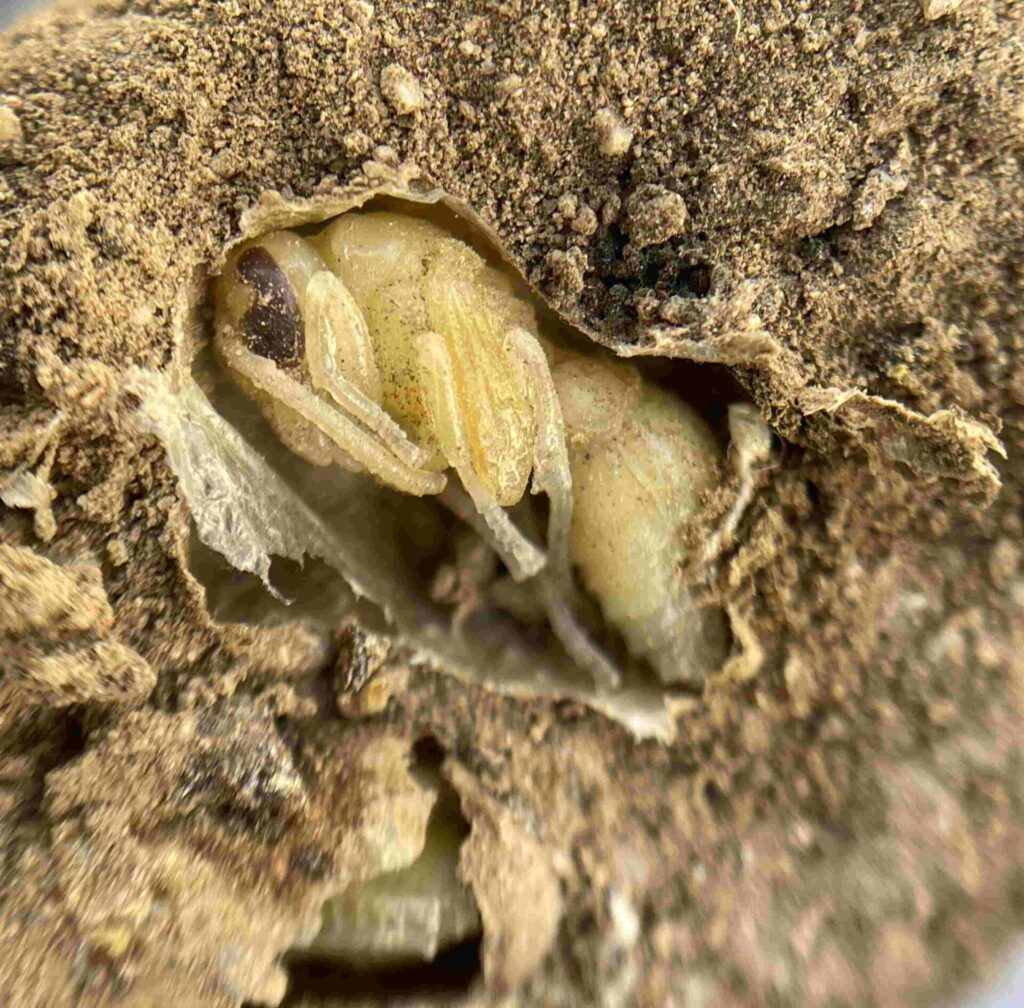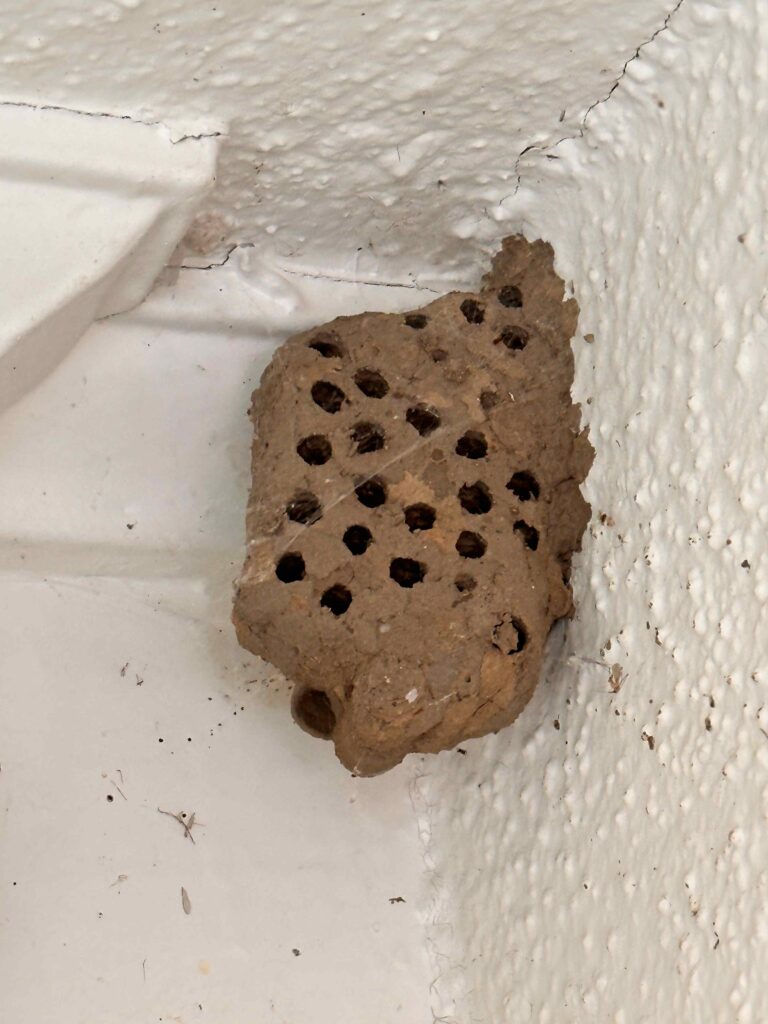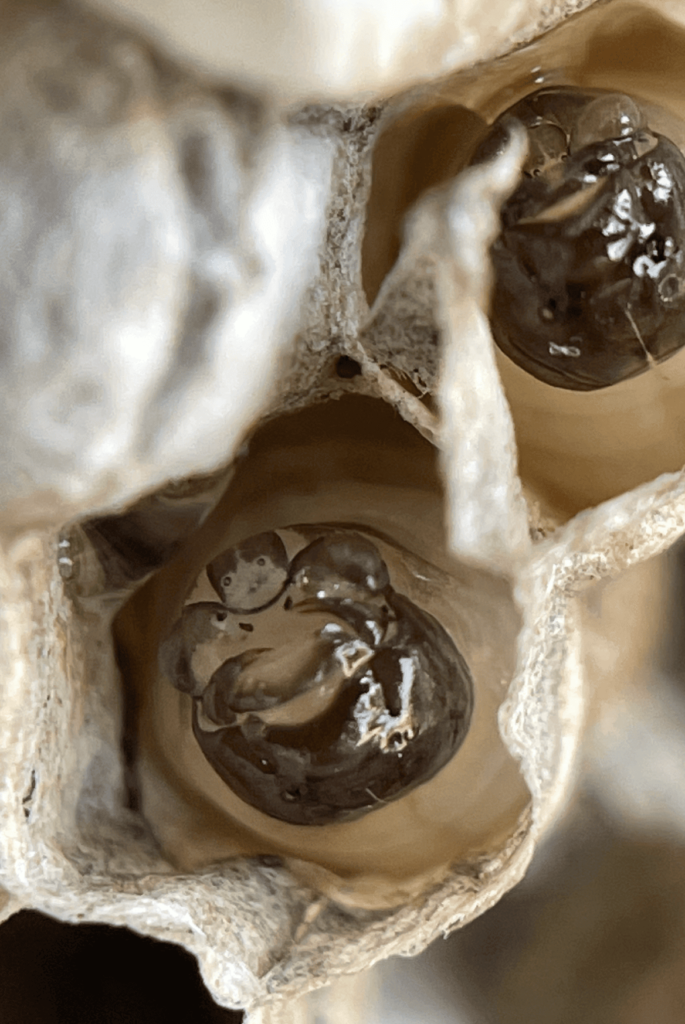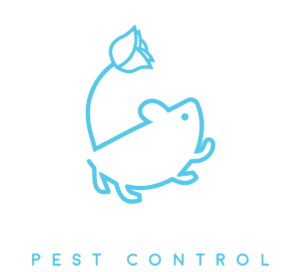Wasp Control

Wasps in Pasadena and the SGV: How to Spot, Handle, and Avoid Trouble
Wasps can be a real headache, especially when they set up camp near your home. Pasadena homeowners frequently deal with paper wasps, mud dauber wasps, and yellow jackets—each with its own quirks. Here, we’ll walk you through everything you need to know about these wasps: how to spot them, what dangers they pose, and the best ways to keep them away.
Signs of Wasps Near Your Home
Wasps can be sneaky when building nests, but if you pay attention, you can catch the signs early before they become a bigger issue:
- Paper Wasps: Look for umbrella-shaped nests made of gray, papery material. They’re usually attached under eaves, beams, or porch ceilings.
- Mud Dauber Wasps: These wasps craft nests out of mud that look like small tubes or clumps. You’ll find them in sheltered areas like garage corners or under decks.
- Yellow Jackets: Known for building large colonies, yellow jackets prefer hidden locations like underground burrows, wall voids, or dense bushes. They’re also drawn to sugary foods and garbage, so you might see them buzzing around your outdoor trash cans or barbecues.
The Dangers Wasps Pose
Although wasps play a role in controlling pest populations, they can be aggressive—especially yellow jackets. Here are the main dangers they present:
- Stings: Paper wasps, mud daubers, and yellow jackets all sting. While mud daubers rarely attack, paper wasps and yellow jackets can be more defensive. Yellow jackets, in particular, can sting multiple times, causing severe pain, swelling, and potential allergic reactions.
- Allergic Reactions: For those allergic to wasp venom, even a single sting can trigger life-threatening reactions like anaphylaxis. Symptoms include difficulty breathing, swelling, and hives, which require immediate medical attention.
- Damage to Property: Wasps like yellow jackets may nest in walls or underground, which can cause structural damage to your home, not to mention the difficulty of removing them once they settle in.


Biology and Life Cycle of Wasps
Understanding the wasp’s life cycle can help you avoid infestations before they escalate:
- Paper Wasps: These wasps begin building small nests in the spring, with a single queen laying eggs. By late summer, the nest can host 20-30 wasps.
- Mud Dauber Wasps: Solitary by nature, these wasps are active during the warm months, laying eggs in mud tubes. Each egg hatches into larvae that feed on paralyzed insects left behind by the adult.
- Yellow Jackets: These social wasps establish large colonies with thousands of workers. After mating, new queens hibernate over the winter, and the cycle starts again in spring when they emerge to create new colonies.
- See a more detailed breakdown of their life cycle here.
Attractants: What Brings Wasps to Your Home?
Wasps are drawn to certain things that make your home an ideal nesting spot:
- Food sources: Yellow jackets are notorious scavengers, drawn to sugary drinks, food scraps, and garbage.
- Sheltered nesting areas: Overhangs, eaves, wall voids, and attics provide paper wasps and yellow jackets with the perfect shelter to build their nests.
- Standing water: Like many insects, wasps are attracted to water sources, including birdbaths, pools, or leaky faucets.
- Gardens: Flowering plants, fruit trees, and gardens attract wasps seeking nectar or insects to feed on.
Tips for Wasp Control
Dealing with wasps can be tricky, but these simple tips can help reduce their presence around your home:
- Remove food sources: Keep your outdoor areas clean, especially around barbecues and garbage bins. Make sure lids are tightly secured, and avoid leaving sugary drinks or foods outside.
- Seal entry points: Inspect your home for gaps around windows, doors, and rooflines where wasps can enter and seal them.
- Trim vegetation: Keep your yard tidy by trimming back trees, shrubs, and any overgrown areas where wasps might nest.
- Install traps: Wasp traps placed around your yard can help reduce their numbers.
- Use repellents: There are non-toxic wasp repellents available that can deter wasps from nesting in your eaves or garden.

Why Professional Wasp Control Is Best
While DIY measures can help, handling a large infestation—especially of yellow jackets—is best left to the pros. Here’s why:
- Safety: Wasps can be unpredictable, and removing nests often angers the colony, increasing the risk of stings.
- Proper Identification: A professional will identify the wasp species and determine the most effective treatment plan.
- Efficient Removal: Pros have access to the right equipment and products to remove the nest safely and ensure it doesn’t return.
- Preventing Future Infestations: Pest control specialists don’t just remove the problem—they help prevent wasps from coming back by addressing any conducive conditions around your home.
Wasp Safety Tips
- Avoid Swatting: Aggressive movements can provoke wasps to sting. Stay calm and move slowly away from them.
- Cover Your Skin: When working in areas where wasps might nest, wear long sleeves, pants, and gloves to minimize exposed skin.
- Stay Alert Outdoors: Be mindful of food and drinks when picnicking or barbecuing, as yellow jackets are notorious for sneaking into sugary beverages.
- Use EpiPens if Allergic: If you have known allergies to stings, always carry an epinephrine auto-injector (EpiPen) and seek medical help immediately if stung.
Safety First
Is it Safe?”
At Pasadena Pest Control, we keep the safety of your family and pets at the forefront of our minds as we plan and work, doing so with minimal disruption to your daily life. We apply chemicals according to the label, which in California is among the strictest and safest in the nation. We take into account your pets and plants, your family and the features specific to your property. At Pasadena Pest Control, we are well-trained on safety procedures, eco-consciousness and educating our customers. And yes, we are licensed, bonded and insured.
When you work with us, you will always know what to expect, how to be prepared, when we are coming, when we’ve started and when we’re done. In short, we provide The Service We’d Want in Your Shoes.
WASP FAQs
We recommend leaving it to the professionals. While not all wasps are naturally aggressive, they often become so once they feel threatened.
Yellow jackets are often mistaken for honeybees, but they have more vibrant, smooth black and yellow patterns and shorter, non-fuzzy bodies. Honeybees are typically fuzzier and have a more muted color pattern.
Wasps, especially yellow jackets, are more aggressive in late summer and early fall when they’re protecting their colonies and food supplies.
Yes and yes. The pain of a wasp’s sting lasts at least several days.
Wasps are attracted to several factors around homes and yards, including sources of food, water, and shelter. They are especially drawn to sweet foods and beverages, ripe fruit, open garbage cans, and pet food. Wasps also seek out protein sources, like meat and insects. In terms of shelter, they are attracted to hidden or undisturbed areas like eaves, attics, sheds, and tree branches where they can build their nests. Additionally, standing water or birdbaths can attract wasps, as they need water to survive. To reduce wasp activity, minimizing these attractants is key.
Not entirely, but it helps to have a regular pest control service.
Call a professional. Yellow Jacket wasps are naturally aggressive. Other wasps can become aggressive when once they feel threatened.
A wasp treatment will prevent wasps from returning to the treated area for 30 days.
- Paper Wasps
- Body Shape: More robust and slightly elongated, with a narrow waist (not as thin as a mud dauber’s).
- Color: Brown or reddish with yellow or red markings, or black with yellow markings.
- Size: Approximately 1/2 to 1 inch long, sometimes slightly larger than mud daubers.
- Mud Daubers
- Body Shape: Mud daubers have a long, slender body with a very thin, thread-like waist (petiole) connecting the thorax to the abdomen.
- Color: Typically metallic black or blue, sometimes with a slight metallic sheen. Some species have yellow markings.
- Size: They are generally about 1/2 to 1 inch long.
- Yellow Jackets
- Body Shape: Bee-shaped. Compact and stocky, with a more robust body compared to mud daubers and paper wasps. The waist is not as narrow or elongated.
- Color: Bright yellow and black bands, giving them a more distinct and vibrant appearance compared to paper wasps and mud daubers.
- Size: Generally smaller, around 3/8 to 5/8 of an inch long.
Cover Food and Drinks: Keep all food and sugary drinks covered, as wasps are attracted to sweet smells and protein.
Use Wasp Traps: Set up wasp traps around the perimeter of your event space to lure and trap wasps before they get too close.
Avoid Wearing Bright Colors or Strong Scents: Wasps are attracted to bright colors and strong fragrances, so avoid wearing them during the event.
Keep Trash Cans Sealed: Ensure trash cans are tightly sealed, as wasps are drawn to garbage and leftover food.
Burn Citronella or Use Essential Oils: Citronella candles or essential oils like peppermint or eucalyptus can help repel wasps naturally.
Use Wasp Traps: Set up wasp traps around the perimeter of your event space to lure and trap wasps before they get too close.
Avoid Wearing Bright Colors or Strong Scents: Wasps are attracted to bright colors and strong fragrances, so avoid wearing them during the event.
Keep Trash Cans Sealed: Ensure trash cans are tightly sealed, as wasps are drawn to garbage and leftover food.
Burn Citronella or Use Essential Oils: Citronella candles or essential oils like peppermint or eucalyptus can help repel wasps naturally.
WASP FAQs
Common types include paper wasps, yellow jackets, and hornets. These wasps can build nests under eaves, in attics, or in trees.
Yes, wasps can sting when provoked, and some people may have severe allergic reactions to their stings.
Remove nests carefully using proper protection or contact a pest control professional for safe removal.
